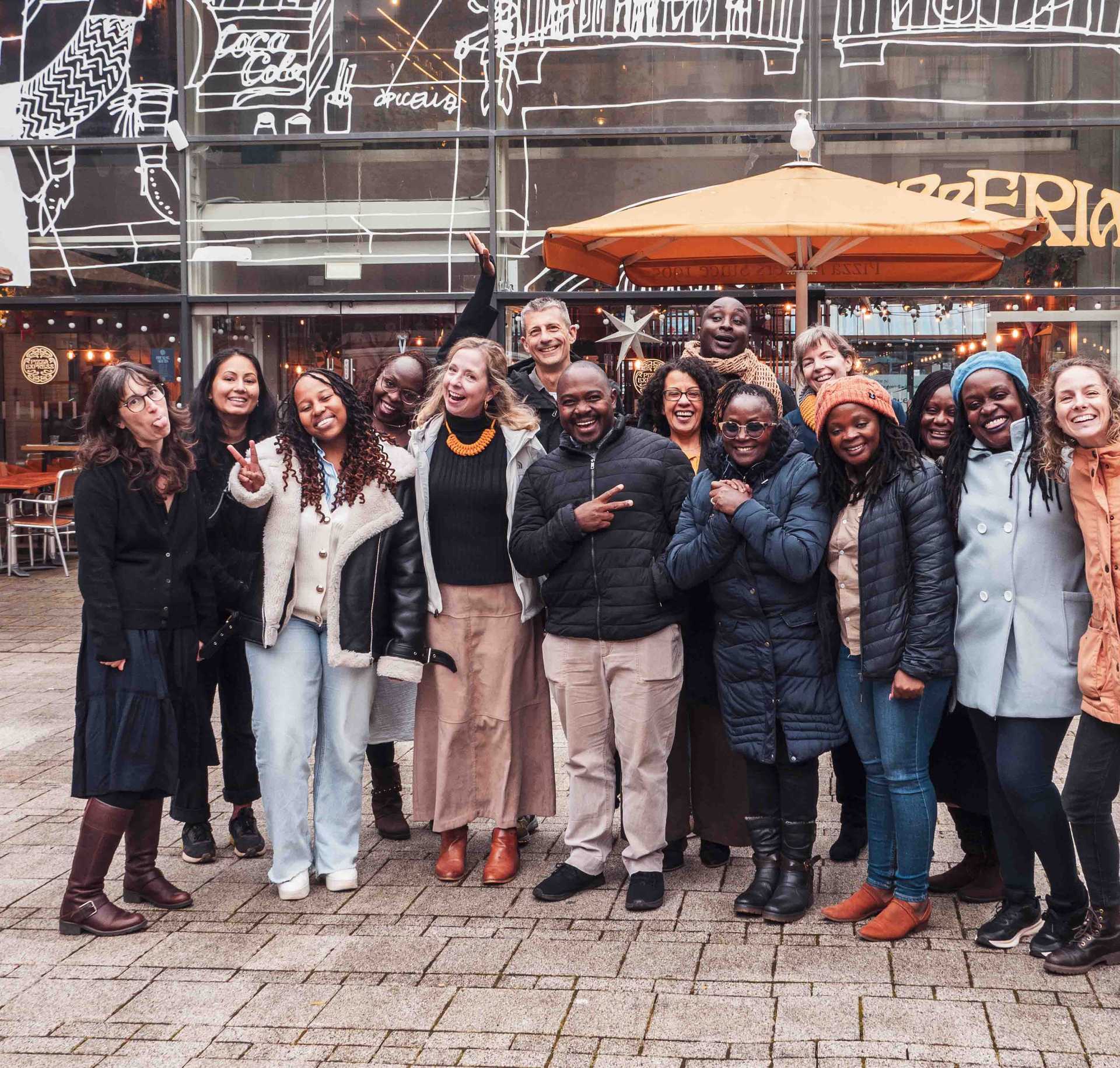Celebrating a good ending and a great new beginning
Sarah Hand and Simon Moore reflect on the learning from Avert’s successful handover of its high impact digital health brands to new owners in Kenya and Zimbabwe.
Sarah Hand and Simon Moore reflect on the learning from Avert’s successful handover of its high impact digital health brands to new owners in Kenya and Zimbabwe.
Published on 05 December 2024 | Sarah Hand and Simon Moore
Transition blog 3 of 3. You can read here blog 1 and blog 2 in this transition series.
In November 2023 Avert embarked on a bold strategy to sustain the value and impact of our work into the future, by handing over our Boost and Be in the KNOW brands to locally run organisations in East and Southern Africa, followed by an ordered close of the charity. 12 months later, we have achieved these aims.
Why transition?
Before discussing what we’ve learned and why we think we’ve succeeded, it’s worth recapping why we took the decision in the first place. When Avert took this decision, the need for our work remained strong. Sexual health and HIV literacy was and still is the foundation for HIV prevention and treatment programmes and critically builds agency, empowers and allows for informed choice. Our brands were strong and growing, reaching over 13 million people across sub-Saharan Africa last year alone. But the HIV response, funding patterns, and the international development sector more broadly were all continuing to change. So like all international NGOs should, we asked ourselves if we were still best placed to deliver this work, or whether we should step back and allow others to move forward.
We had already been working with a number of strong locally run organisations based in East and Southern Africa who shared our focus on health communications and who had the skills and experience to take over our brands. The brands were in very good health, performing well, and had benefited from sufficient investment to give them a clear strategy for future growth. And although we faced growing longer term financial uncertainty as funding for HIV and sexual health continued to shift and decline, through the support of our existing donors we had financial resources that we could transfer with the brands to the new takeover partners, setting them up for success.
In short, the time had come for our core brands to be taken forward by skilled organisations closer to the populations they are trying to serve; organisations who would also have access to more and different sources of funding to increase sustainability.
What does success look like so far?
Over the past year, there has been a huge amount of practical work to transition content, branding, technical infrastructure, and data, as well as to mentor, support learning exchange, and transfer financial resources – all underpinning success.
What we’ve learned about success factors
Reflecting on the year, we’ve identified a number of factors that have underpinned the collective success of Avert, OPHID, LVCT Health and Kenya Comms Hub.
It has become clear that transitions of this nature are not common in our sector. The very nature of our sector’s busyness to deliver on projects, means there is often no bandwidth for organisations to look at more efficient ways of operating to deliver their mission, such as taking over an existing proof of concept product. Reinforced by donor funding priorities, organisations often favour projects to “do something new” rather than build on something that already exists. We hope this is useful example of a different approach.
What’s next?
We are grateful to OPHID, LVCT Health and Well Made Strategy for taking the bold step and seeing the strategic value and opportunity that taking over Avert’s work will bring, and ultimately sharing in our vision that health literacy matters. You can read interviews with each of the takeover organisations, OPHID, Kenya Comms Hub and LVCT Health, sharing what the process has been like for them, what they have learnt and what they now hope for in the future.
We have also now published ‘An independent voice: Avert’s contribution to the global HIV response 1986-2024’, a wonderful celebration of Avert’s work over its 38-year lifetime – from funding early AIDS research in the 1980s that others wouldn’t or couldn’t, to running the Avert.org information site that reached over 300 million people, and using behaviour change theory and human centred design to develop the brands we have now handed over.
We’ll also continue to share our learning, publishing a report in early 2025 with more insights on the learning from this transition and localisation process, to support others in the sector taking similar decisions in the future.
As we move into the new year, the focus for January to March will shift from the transition to the work needed to close down Avert. While Avert the organisation may be moving towards a (good) ending, Avert’s work to support sexual health literacy is having a whole new beginning.
Sarah Hand is CEO and Simon Moore is Director of Programmes and Digital Health Strategy at Avert
Photo showing all Avert staff with colleagues from OPHID, LVCT Health and KCH during transition development meeting. Photo credit: Sarah Oughton.
